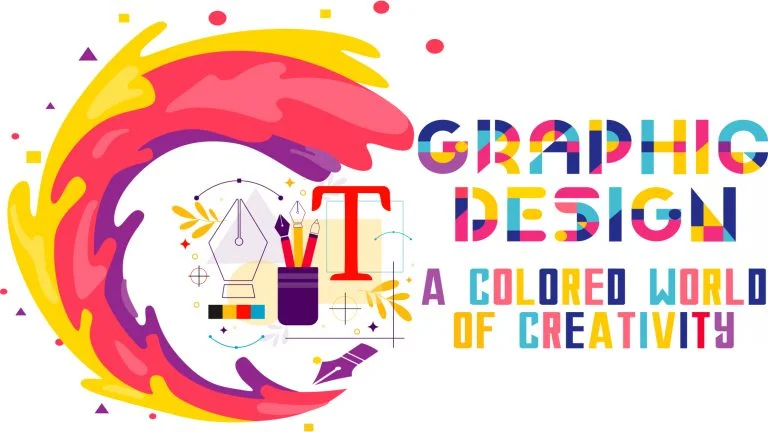Table of Contents
In the world of graphic design, the fusion of artistry and precision stands as the cornerstone of creating visually compelling and functionally effective designs that communicate distinct messages.
Understanding Design Synthesis
The process of fusing technical accuracy with creative artistic expression is known as design synthesis. This combination guarantees that designs are both aesthetically pleasing and communicate effectively. The knowledge that graphic design is both an art and a science forms the basis of design synthesis. Designers need to be able to think creatively in addition to being technically proficient. To make their creative ideas a reality, they employ tools and software. Designers can create works that are both inventive and useful by combining these two components, making sure that their creations stand out and serve the intended function. In the modern world, where visual content is essential for communicating ideas, this synthesis is essential.
The Role of Artistry in Graphic Design
In graphic design, creativity and aesthetic judgment are key components of artistry. It entails using images, colors, and shapes to elicit feelings and deliver messages in an aesthetically pleasing way. Given the creative nature of graphic design, designers must possess an acute attention to detail and a sense of visual harmony. They must be able to produce designs that are distinctive, captivating, and successfully communicate the intended message. This calls for both an innate artistic ability and a thorough comprehension of design concepts like proportion, balance, and contrast. A key element of graphic design is artistry, which is what distinguishes a design and makes it connect with its audience.
Precision in Graphic Design: The Technical Aspect
In graphic design, precision describes the technical know-how and equipment needed to produce precise and useful designs. This calls for the use of a variety of design tools and software, including Adobe Photoshop, Illustrator, and InDesign. With the help of these tools, designers can produce intricate, well-executed designs with precise measurements and requirements. Maintaining the overall coherence and efficacy of a design requires precision, which guarantees that each component is in its proper location. It also entails being aware of the technical specifications of various media, including digital and print, and ensuring that the design is appropriate for each. This level of technical accuracy guarantees that a design not only looks good but also works well and satisfies the client&8217;s and the medium&8217;s requirements.
Merging Creativity and Precision
The smooth fusion of creativity and accuracy is the real essence of graphic design. Because of this integration, designers are able to create visually beautiful and useful work. While precision guarantees that the design is accurate and optimized for its intended use, creativity breathes life into the design, making it distinctive and captivating. A design that lacks originality may be technically flawless but fall short of drawing attention or delivering the desired message, so striking this balance is essential. On the other hand, a very imaginative but imprecise design might be attractive but unusable or unfeasible. Designers can produce works that are not only aesthetically pleasing but also useful and purposeful by combining their creativity and accuracy.

Challenges in Design Synthesis
It can be difficult to combine precision and artistry in graphic design. Designers frequently struggle to strike a balance between technical specifications and creativity. They must make sure that their designs are unique and captivating while also satisfying the demands of the client and the medium. When working under tight technical restrictions or with a limited amount of time, this can be especially difficult. It can also be difficult to keep up with the most recent developments in technology and design, necessitating constant learning and adjustment. Despite these difficulties, great designers are distinguished by their capacity to effectively combine precision and artistry. To overcome these obstacles, one needs to be creative, technically proficient, and persistent.
Conclusion
To sum up, design synthesis is the blending of creativity and accuracy in graphic design to produce designs that are both aesthetically pleasing and useful. Any designer hoping to create high-caliber work must comprehend the fundamentals of design synthesis. While precision guarantees technical accuracy and functionality, artistry adds creativity and aesthetic value to the design, making it distinctive and captivating. Designers can produce designs that are distinctive and successfully communicate their intended message by combining these two components. Despite the difficulties in accomplishing this synthesis, overcoming them can result in designs that are genuinely remarkable and influential. Learning the craft of design synthesis will surely improve your skills as a designer, regardless of experience level.

